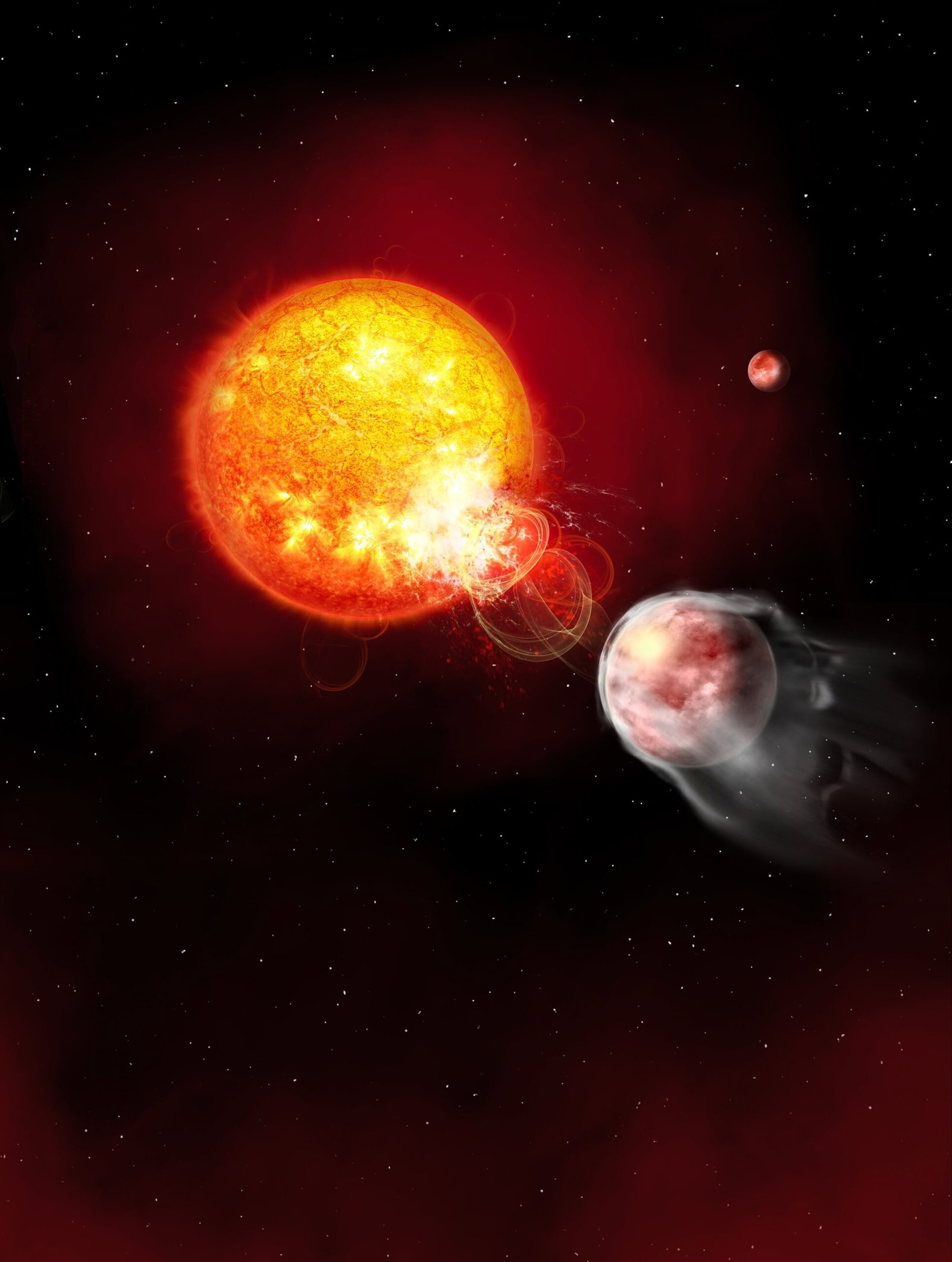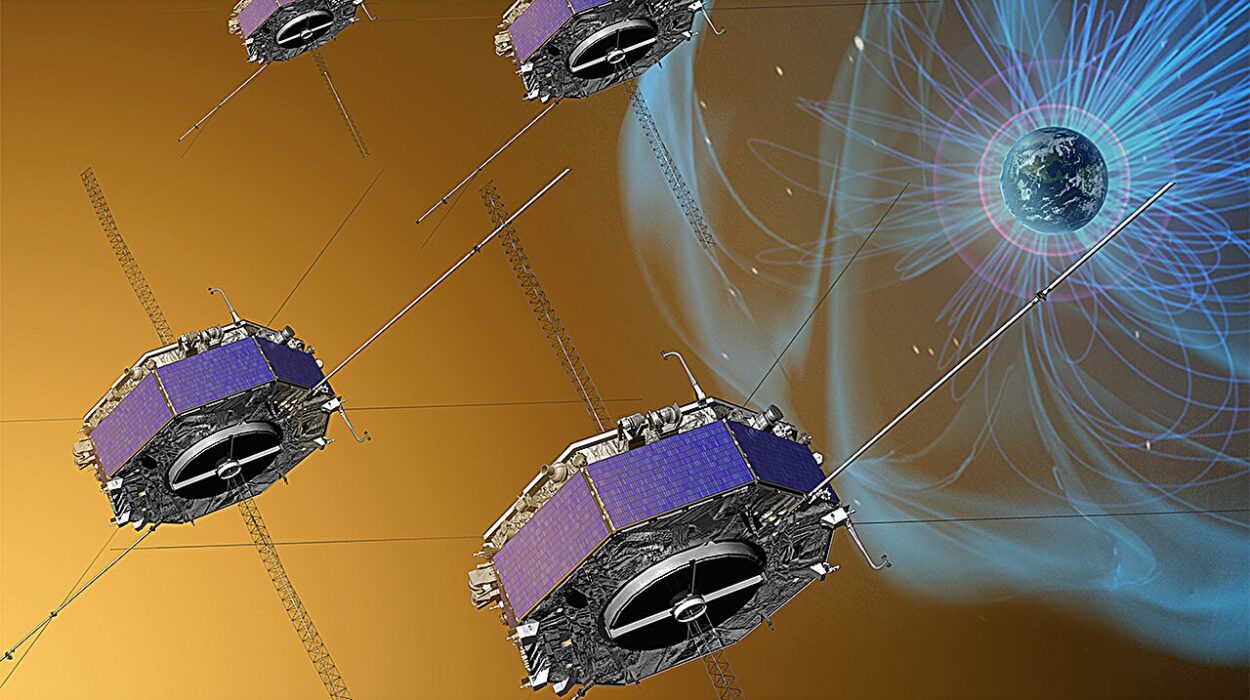For centuries, Mars has held our collective imagination hostage. It’s the gleaming red star in our night sky that’s sparked myths, science fiction, and scientific inquiry. Early astronomers believed they saw canals crisscrossing its surface—proof, they thought, of intelligent life. Science fiction legends painted it as home to warlike aliens and ancient civilizations. Today, the question has shifted from “Are there Martians?” to something even more tantalizing: “Was Mars ever alive? And could life still exist there?”
In the 21st century, the race to find life on Mars has escalated from philosophical wonder to scientific pursuit. NASA, ESA (European Space Agency), China, and private entities like SpaceX have all set their sights on unlocking the planet’s secrets. Mars has gone from being a red dot in the sky to the most explored planet in our solar system (other than Earth).
So, how close are we to finding life on Mars? The answer lies in a complicated dance between cutting-edge technology, bold exploration, and the tantalizing clues Mars keeps leaving for us to discover.
Mars — The Once Blue Planet?
Let’s start with the Mars of 3-4 billion years ago. Based on the data gathered by orbiters and rovers, scientists now believe ancient Mars was much more Earth-like. There were rivers, lakes, maybe even vast oceans. The planet had a thicker atmosphere, possibly a magnetic field, and a climate capable of supporting liquid water on the surface.
This ancient Mars could have been a cradle for life. On Earth, life sprung into existence as soon as conditions allowed—microbes appeared in ancient oceans billions of years ago. If life is a cosmic imperative, not a cosmic accident, then it’s plausible that life emerged on Mars too.
But something went wrong. Mars lost its magnetic field, which left its atmosphere vulnerable to the solar wind. Over millions of years, it stripped away Mars’ air, turning it into the cold, dry world we see today. But if life ever gained a foothold before this atmospheric collapse, might some of it have survived?
Following the Water
“Follow the water” has been NASA’s guiding mantra for Mars exploration. Life as we know it depends on liquid water. So, the search for life has tracked Mars’ water history like a detective piecing together a cold case.
And the clues are piling up:
- Ancient Riverbeds and Lakebeds: Rovers like Curiosity and Perseverance have found clear evidence of ancient river deltas and lakebeds. Gale Crater, where Curiosity roams, was once a massive lake. Jezero Crater, Perseverance’s home, was a river delta. These are prime locations on Earth for microbial life.
- Recurring Slope Lineae (RSL): These dark streaks that appear on Martian slopes during warm seasons have intrigued scientists. Some hypothesized they might be briny water flows, though newer studies suggest dry sand may cause them. Still, the possibility of salty water near the surface remains tantalizing.
- Subsurface Lakes: In 2018, scientists using radar data from the European Mars Express mission detected what could be underground lakes beneath Mars’ south polar ice cap. If liquid water exists there, even in salty brines, it’s an exciting possibility for life—much like the extreme microbes that live in Antarctica’s subglacial lakes.
The Martian Meteorites — Life’s Clues from Space
Sometimes, Mars sends us a piece of itself. More than 250 meteorites found on Earth are confirmed to be from Mars. One of them, ALH84001, sparked massive controversy in the 1990s.
Scientists found structures in ALH84001 that looked like fossilized bacteria. They also detected organic molecules and magnetite crystals similar to those produced by Earth microbes. It was a sensational claim—“We found life!” shouted headlines.
But over time, most scientists concluded these structures could have formed through non-biological processes. Still, ALH84001 reignited interest in life on Mars. If Mars meteorites carry organics, could life have originated there or at least left traces?
The Role of Rovers in the Hunt for Life
Mars rovers are humanity’s boots on the ground, and each new mission has brought us closer to answering the life question.
Spirit and Opportunity (2004-2010/2018)
These twin rovers showed us that Mars had a watery past. They found rocks altered by water and mineral veins, proving that liquid water was once abundant. But they weren’t designed to detect life directly.
Curiosity (2012-Present)
Curiosity stepped things up. It found organic molecules in 3-billion-year-old rocks in Gale Crater. It detected seasonal methane spikes in the atmosphere, which could be produced by microbes (or by geology). Curiosity’s discoveries made it clear: ancient Mars was habitable. But did anything live there?
Perseverance (2021-Present)
Perseverance is a robot astrobiologist. Its mission is to search for signs of ancient life in Jezero Crater, a dried-up river delta. It’s drilling into rocks, collecting samples, and searching for biosignatures—chemical or textural indicators of past life.
What makes Perseverance groundbreaking is that it’s caching these samples to be returned to Earth by a future mission. A full lab analysis back on Earth might finally deliver a smoking gun.
Methane Mysteries
One of the most intriguing Martian puzzles is methane. On Earth, 90% of atmospheric methane comes from living things. Curiosity has detected methane spikes that vary seasonally, and the ESA’s Trace Gas Orbiter has tried (with mixed success) to map them.
The source of Martian methane remains unknown. It could be biological—produced by underground microbes—or geological, from reactions between water and rock. The mystery is thickening, and many scientists believe solving it could lead us to the truth about life.
Life as We Don’t Know It
Astrobiologists caution us not to get stuck looking for Earth-style life. Mars may harbor organisms that don’t fit neatly into our definitions. Life could have evolved differently there, adapted to survive extreme cold, radiation, and dry conditions.
Some even speculate about shadow biospheres—completely different biochemistries we wouldn’t recognize. If such life exists, it might take more creative exploration techniques to detect it.
Mars Sample Return — The Game Changer
Perseverance is collecting samples now. NASA and ESA plan to launch a Mars Sample Return (MSR) mission in the 2030s. If successful, these will be the first pristine Martian samples ever brought to Earth.
Why is this so important? Even the most advanced rovers are limited by the instruments they can carry. Earth laboratories can perform detailed chemical, isotopic, and microscopic analysis at levels impossible on Mars. If life ever existed, these samples are our best chance to find definitive proof.
The MSR mission is risky, costly, and complex, but it could transform our understanding of life beyond Earth.
Private Space and the Human Element
NASA isn’t the only player in town. SpaceX, spearheaded by Elon Musk, has ambitious plans to send humans to Mars in the 2030s. While Musk’s primary goal is colonization, human missions could be a leap forward in the search for life.
Astronauts can do in days what robots take years to accomplish—analyze rocks, drill deep, explore caves, and make on-the-fly decisions. Human scientists on Mars could dramatically speed up the search.
But there’s a risk: contamination. If humans bring Earth microbes to Mars before we understand its native biosphere, we could irreversibly change it—or destroy evidence of indigenous life. Planetary protection guidelines are crucial as we move forward.
Could Life Still Exist on Mars Today?
Even if ancient Martian life is gone, could something still be holding on? Scientists think the best place to look is underground. Below the surface, life could be shielded from harsh radiation and temperature extremes. On Earth, we’ve found microbes living miles below the surface, surviving on chemical energy rather than sunlight.
Martian caves, lava tubes, or subsurface aquifers could host similar extremophiles—organisms that thrive in extreme environments. Future missions may focus on drilling deep into the crust or exploring these potential refuges.
What If We Find Life?
Let’s imagine the moment: we detect biosignatures in ancient rocks, or microbes in underground water, or fossils of extinct organisms. What happens next?
The discovery would be one of the most profound in human history. It would prove that life isn’t unique to Earth. Philosophically, religiously, and scientifically, it would change everything.
The implications are staggering:
- Is life common in the universe? If life arose independently on two nearby planets, it might be ubiquitous across the galaxy.
- Could we communicate with other life forms? If life’s common, intelligent life may be too.
- Should we protect Martian life? Ethical debates over colonization, contamination, and planetary rights will become urgent.
On the flip side, what if we find no life? Even then, knowing Mars was once habitable but lifeless raises profound questions. Why life on Earth but not on Mars? Are we truly that rare?
Conclusion: So, How Close Are We?
We are closer than ever.
- We have rovers actively searching for signs of life.
- We are preparing to bring back Mars samples within the next two decades.
- We are mapping potential habitats and analyzing chemical clues like methane and organics.
- We have advanced telescopes and space missions studying Mars from orbit and beyond.
Finding life—past or present—isn’t science fiction anymore. It’s an unfolding scientific reality. The next few decades may finally answer humanity’s oldest question: Are we alone?
Mars might just whisper back: No.






